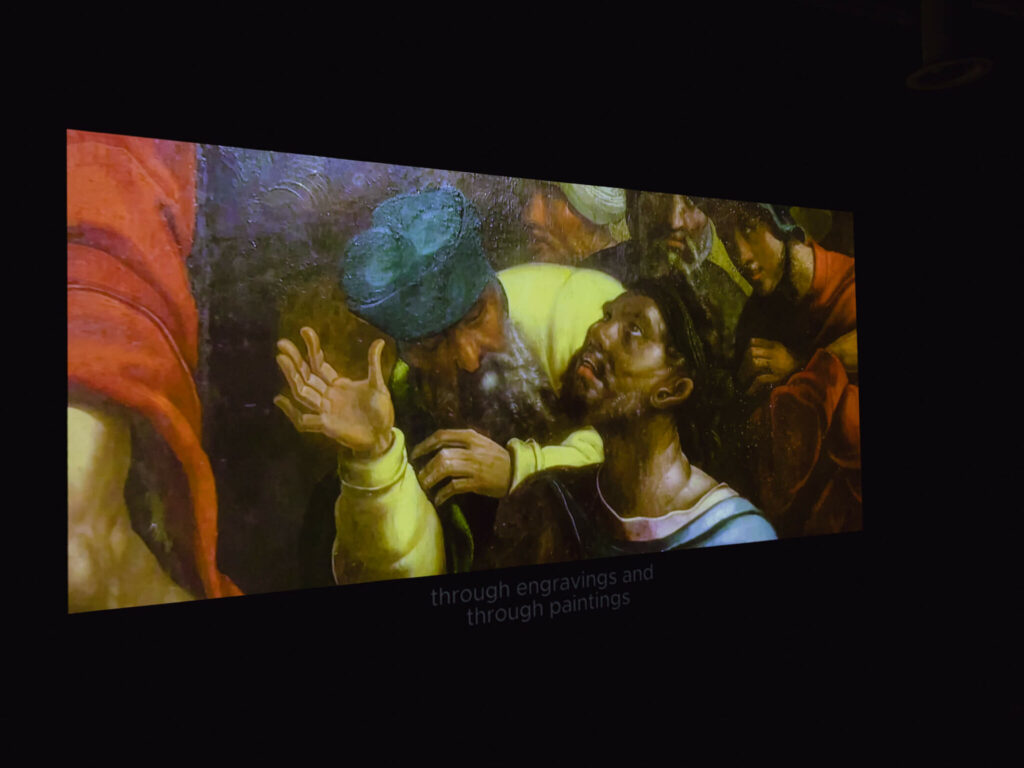Film Review: ‘We Were Here’
If anyone attempts to deny the Black historical presence in Europe, this documentary promptly shows the receipts.
We Were Here is like a crash course in Black Studies, exposing you to a rich yet long-overlooked history and cultural imprint that Africans and Afrodescendants have left on Europe.
Due to the erosion of public memory, a lot of it disintegrated into remnants.( Yet even back then, the presence of Africans in Europe nevertheless commanded attention.)
However, once the effort is made to put the missing pieces of their stories together, it is like fixing a broken mirror – suddenly a new, unexpected image emerges.
This is exactly what Fred Kuwornu, the filmmaker behind the We Were Here project, has achieved. The film is the first work of Kuwornu that was shown at the Venice Biennale Art 2024 festival as part of the Nucleo Contemporaneo, a section celebrating creatives who are often on the periphery of mainstream art narratives including queer, indigenous, and folk artists.
By gathering historians, cultural activists and including his own story, the Ghanaian-Italian director successfully challenges the distorted portrayal of Europe as an exclusively white continent.
Through stories, expert commentary and physical evidence, Kuwornu’s documentary proves that Black people living in Europe is not a 20th century phenomenon. Indeed, our diaspora has had a presence on this continent as far back as the 15th century.
The narrative takes you to specific regions in Spain and Portugal, for example, which once had as high as thirty to forty percent of a Black and mixed population.
“Todos temenos el negro detras de la oreja.” (We all have Blackness behind the ear) is a saying which gives a reluctant nod to these historical realities that the various powers-that-be tried to deny.
Still, the evidence – ranging from paintings and statues to street signs – shows why 15th century Spanish literature described Seville as ‘a black and white chessboard’.

The documentary also zooms in on Black and mixed heritage historical figures such as St Benedict Il Moro, Juan Latino and Alessandro de Medici. These stories not only give a glimpse into their experiences but also the socio-economic diversity in the Black diaspora at the time.
One can also appreciate that the filmmaker did not shy away from addressing the topic of slavery, and the struggle of those who made their way to the continent against their will. For example, the film demonstrates how Europe’s religious tradition was abused to justify the inhumane treatment of Africans, engendering arguments which follow a similar logic to the American ‘one drop’ rule.
The wider consequences, such as exotifying Blackness, are also mentioned. However, these themes deserve more space in the narrative. The story of the controversial Isabella D’este, who ‘collected’ Black minors and humiliating perceptions of enslaved Black women, hinted at how life was for the disempowered Black populations. Unfortunately, the film only scratches the surface of these stories, leaving the viewer curious to know more.
On the other hand, perhaps this is a good thing. For many of us, the historical legacy of Africans in Europe is not something that was covered during history lessons.
Studying it for yourself is also important, mainly for personal development.
‘Who am I in the context of where I am living?’… This question by Simon Niami, a lecturer and curator who features in the documentary, sums it up perfectly. It goes to show that Eurocentric historians have always been unreliable narrators. Instead of just passively learning their takes, we need to assume the responsibility of self-educating.
In short, this film comes at the nick of time. With populism and right-wing extremism on the rise, the erasure of the Black presence in Europe through miseducation and dangerous agendas such as ‘re-migration’ is still very real.
As Kuwornu says, in these conditions, ‘neutrality is not an option’. His documentary truly rises to the challenge, filling knowledge gaps with historical insights backed by data and tangible evidence.
Watching We Were Here is truly an enriching experience.
Find out more about the We Were Here documentary on the official website and the Biennale Art page



